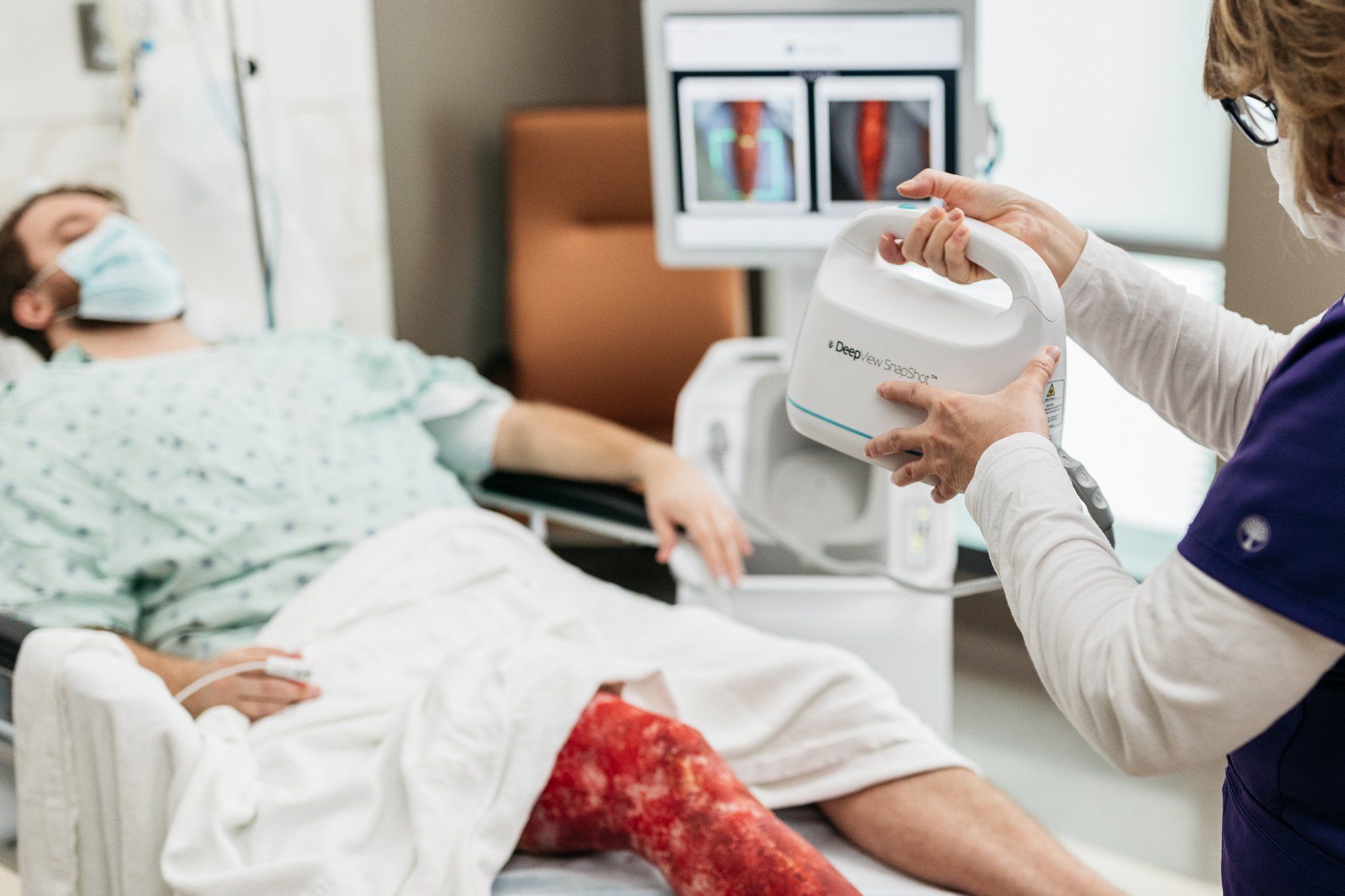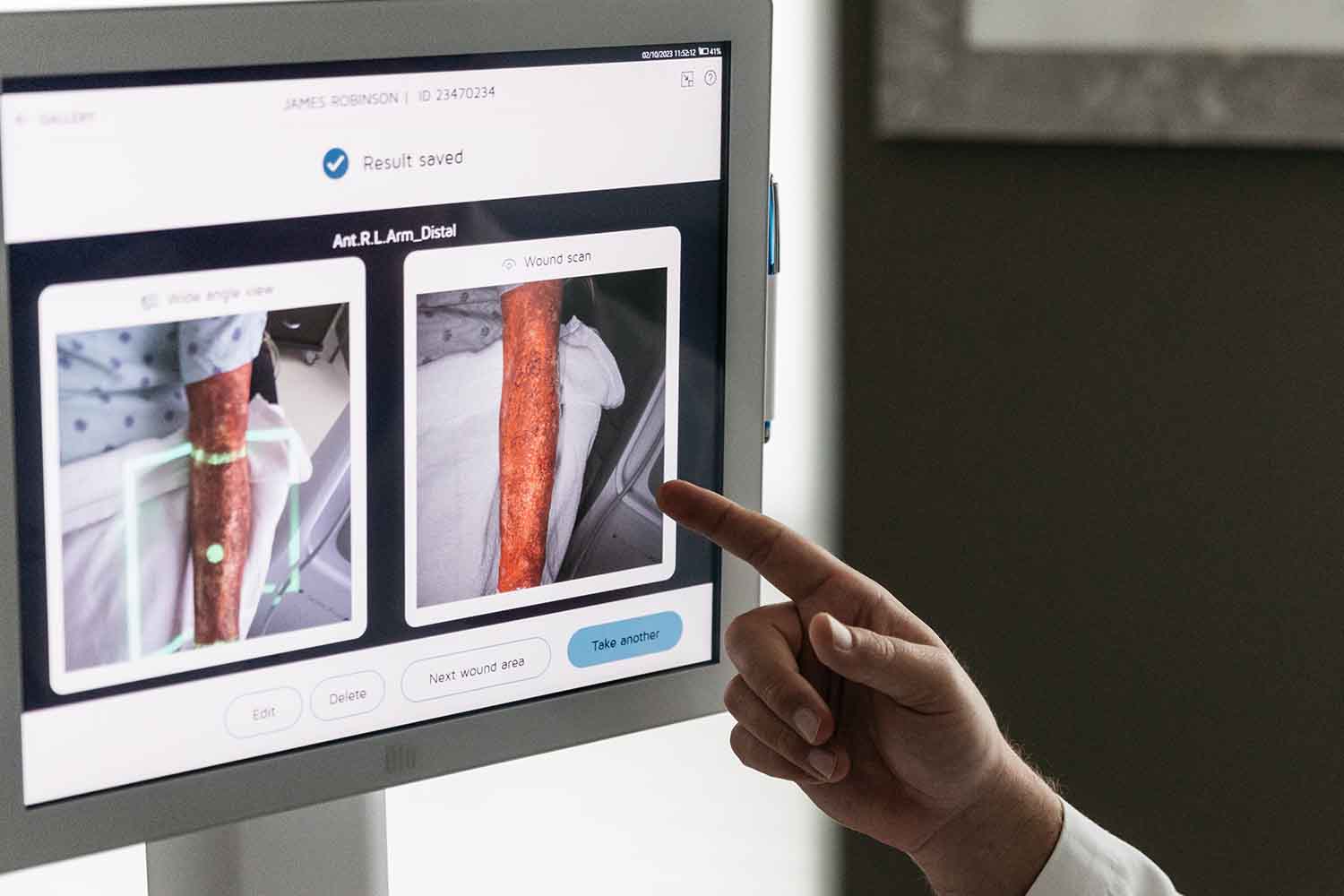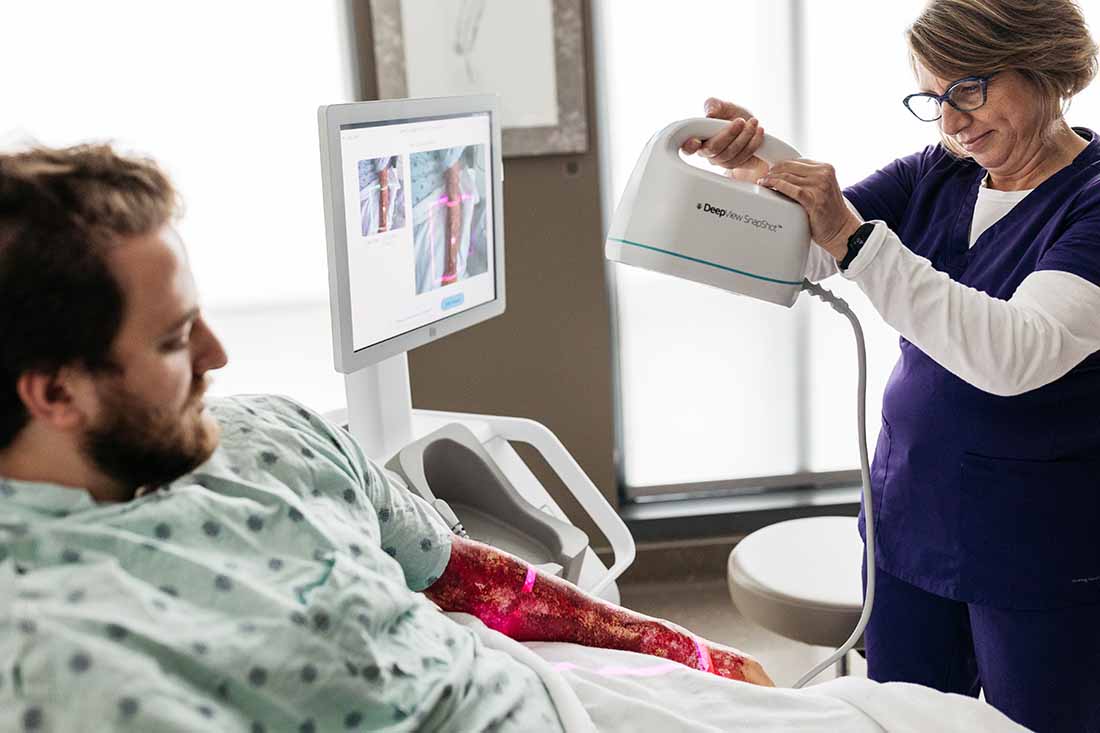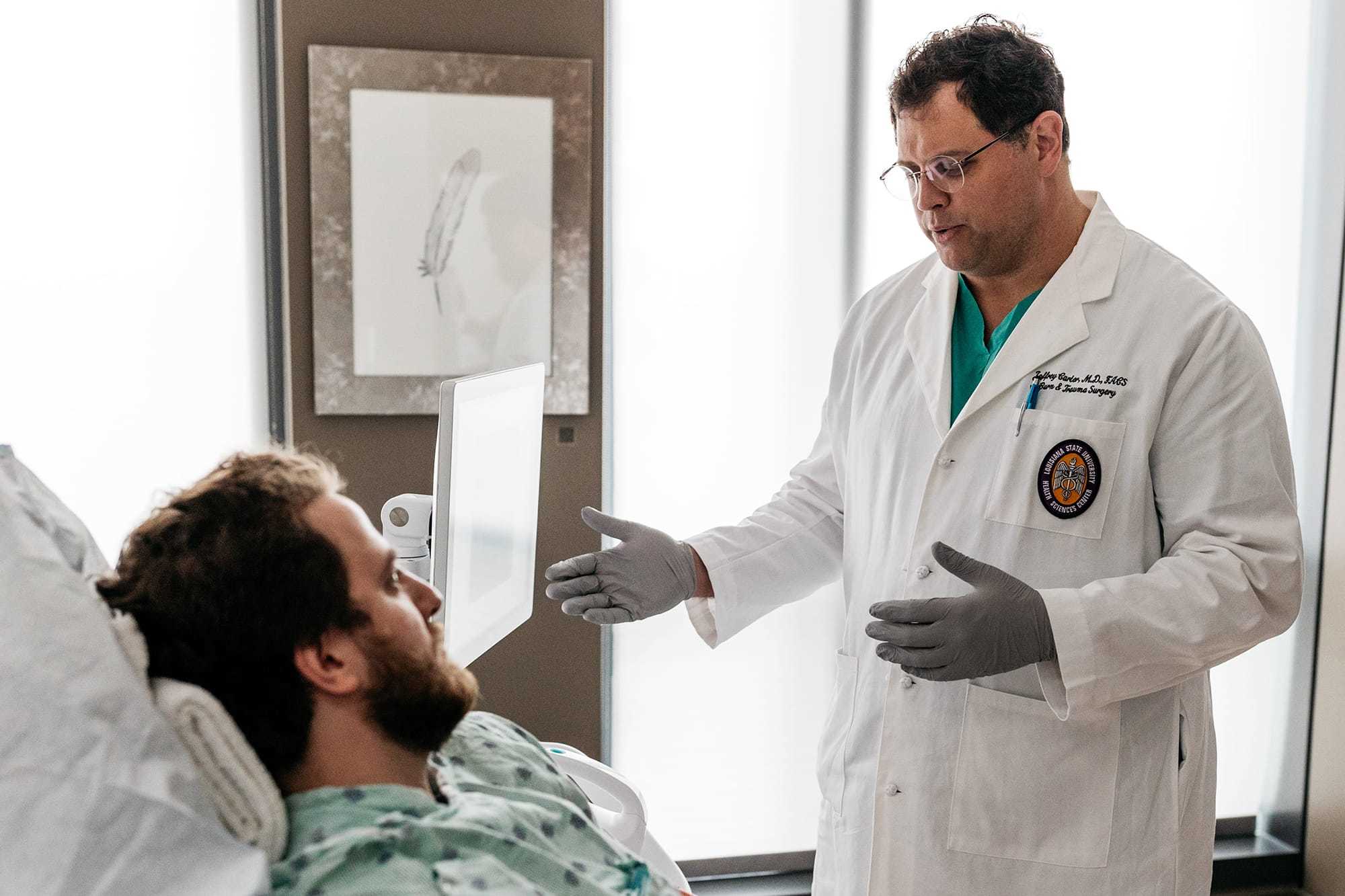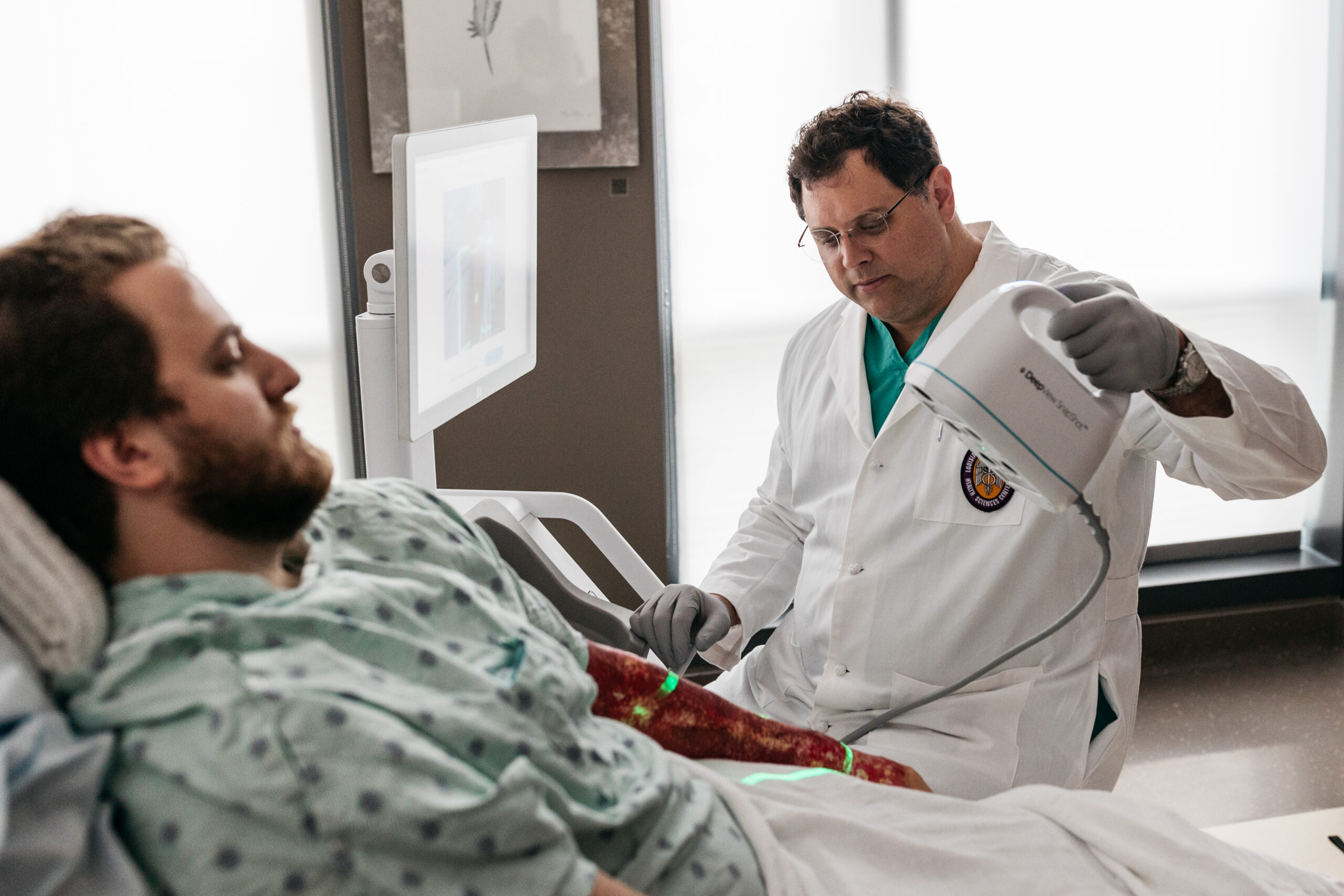Wound assessment is essential in clinical care, shaping treatment, promoting healing, and improving patient outcomes. Clinicians meticulously evaluate wounds, focusing on size, depth, and tissue condition to adjust treatments and address complications promptly. Key aspects include analyzing tissue type to guide care, identifying infection signs for immediate action, and managing moisture for optimal healing. This critical process not only aids in choosing the right treatment but also plays a significant role in educating patients about their care, enhancing their involvement and satisfaction. Detailed documentation of assessments allows for tracking progress and refining care plans, making wound assessment a vital skill in healthcare. Through expert assessment, healthcare professionals deliver personalized, evidence-based care, contributing significantly to healthcare goals.
The Significance of Wound Assessment
The routine inspection and assessment of wounds play a pivotal role in determining the course of a patient’s healing journey. Clinicians tasked with these critical evaluations must approach each wound with a keen eye for detail and an in-depth understanding of wound dynamics. The significance of thorough wound assessment cannot be overstated, as it directly influences treatment decisions, healing outcomes, and overall patient well-being.
First and foremost, wound assessment provides essential insights into the healing process. By evaluating the appearance of the wound, including its size, depth, and the condition of the surrounding tissue, clinicians can gauge the progression of healing. This ongoing evaluation allows for the adjustment of care plans to address any emerging complications promptly.
Key components of wound assessment include:
- Evaluation of tissue type: Identifying whether the wound bed is composed of healthy granulation tissue, necrotic tissue, or slough is crucial. This information guides the selection of appropriate wound care strategies and treatments.
- Infection indicators: Signs of infection, such as increased redness, warmth, and pus, necessitate immediate intervention. Assessing these symptoms early plays a critical role in preventing systemic infections.
- Moisture balance: Proper wound moisture is essential for healing. Clinicians must assess whether the wound is too dry or excessively moist and adjust dressings or treatments accordingly to maintain an optimal healing environment.
Effective wound care hinges on an accurate and comprehensive assessment. This process not only aids in identifying the type of wound but also in understanding the underlying causes that may affect healing, such as circulation issues or the presence of foreign bodies. By systematically evaluating these aspects, clinicians can develop a tailored care plan that promotes healing and minimizes the risk of infection.
Moreover, wound assessment is instrumental in patient education. It offers a unique opportunity for clinicians to engage with patients, discussing the healing process and how factors like nutrition, mobility, and hygiene can impact recovery. This collaborative approach encourages patient involvement in their care, leading to better outcomes and enhanced satisfaction.
Furthermore, documentation of wound assessments is vital for tracking healing progress over time. Detailed records enable healthcare providers to compare the wound’s condition at various stages, providing valuable feedback on the effectiveness of treatment strategies. This meticulous approach ensures that adjustments to care plans are data-driven and based on the patient’s specific healing trajectory.
Wound assessment is a cornerstone of effective wound care and management. It demands a high level of skill, attention to detail, and a comprehensive approach from clinicians. Through diligent assessment, healthcare professionals can ensure that each patient receives personalized, evidence-based care that supports optimal healing. This not only improves the quality of life for those affected by wounds but also significantly contributes to the broader goals of healthcare delivery.
More about Deepview
Learn more about our DeepView® technology
Request a Demo
Looking to learn more about DeepView® technology, or eager to see it in action?
Understanding the Impact of Wounds on Patient Health Care
As clinicians tasked with the routine inspection of wounds in a hospital setting, we observe firsthand the significant impact wounds can have on patient health care. Each wound tells a story of its own, marked by the body’s struggle to repair and regenerate tissue. Our role encompasses not just the assessment but also the strategic planning of care tailored to each patient’s unique needs, emphasizing the critical nature of wound management in healthcare.
Wounds and Their Implications
The presence of wounds, particularly chronic or non-healing ones, can drastically affect a patient’s quality of life. They pose risks of infection, prolonged hospital stays, and increased healthcare costs. Moreover, wounds can serve as entry points for bacteria, leading to infection that can compromise skin integrity and overall health.
Impact on Patient Health Care
- Increased Risk of Infection: Wounds, especially those not properly cared for, can become breeding grounds for bacteria, leading to infections that not only delay healing but can also spread, causing systemic health issues.
- Delayed Healing: Factors such as the patient’s age, nutritional status, and presence of chronic conditions like diabetes affect the wound healing process. As clinicians, we monitor these variables closely, adjusting care plans to optimize healing.
- Resource Allocation: Significant healthcare resources are devoted to wound care, from specialized dressings to the time spent by healthcare professionals in managing and monitoring wound healing progress.
Importance of Early Detection and Intervention
As clinicians, our primary objective is to facilitate the healing process, minimize the risk of complications such as infection, and ultimately improve patient outcomes. Through diligent wound assessment, we aim to identify and address issues at the earliest possible stage.
Early Detection
Early detection of wounds allows for prompt initiation of appropriate care, which is crucial for preventing complications. Identifying a wound early can significantly impact the healing trajectory. This involves:
- Careful inspection of skin integrity, particularly in patients who are at high risk due to immobility, diabetes, or vascular diseases.
- Recognition of early signs of wound development, such as skin discoloration, warmth, or localized pain, which may precede visible breakdown.
Benefits of Early Intervention
- Reduced Risk of Infection: Early intervention can prevent wound contamination and colonization by harmful bacteria, significantly reducing the risk of infection.
- Optimized Healing Environment: By addressing wounds promptly, clinicians can create an optimal healing environment, whether through moisture management with dressings, ensuring proper nutrition, or controlling underlying conditions.
- Prevention of Complications: Early detection and care can prevent complications such as cellulitis, abscess formation, or chronic wounds, which require more extensive treatment.
Key Components of Early Wound Care
- Assessment of Wound and Surrounding Skin: Evaluating the wound’s size, depth, and the condition of the surrounding skin is essential. Attention to detail can uncover early signs of infection or deterioration.
- Management of Exudate: Proper management of exudate, the fluid that emanates from wounds, is critical. Excessive exudate can damage skin and slow healing, while too little can result in a dry wound bed, inhibiting tissue repair.
- Tissue Assessment: Identifying the type of tissue in the wound bed (e.g., granulation, necrotic, slough) informs the choice of wound care strategies to support healing.
- Implementation of Care Plan: Based on the assessment, a tailored care plan is developed, which may include cleaning, dressing changes, and specific treatments to promote tissue repair.
Utilizing Wound Assessment Tools and Guidelines
Introduction to Wound Assessment Tools
Clinicians tasked with the routine inspection of wounds rely on a variety of assessment tools to guide their care decisions. These tools are designed to evaluate the severity and progression of wounds, infection risk, and healing status, providing a structured approach to wound management. The tools encompass a range of methods, from visual assessments to more technologically advanced options, each serving a specific purpose in the wound care process.
Visual and Physical Examination
At the foundation of wound assessment is the simple visual and physical examination of the wound, which remains a critical tool for clinicians. This involves:
- Inspecting the wound for size, depth, and the presence of foreign objects.
- Assessing the skin surrounding the wound for signs of infection or compromised blood flow.
- Noting the amount and type of exudate, which can indicate the wound’s healing phase or infection presence.
Pressure Ulcer Scale for Healing (PUSH) Tool
The PUSH tool is a widely used method for tracking the healing of pressure ulcers. It simplifies the documentation process by scoring the wound based on surface area, exudate amount, and tissue type. Clinicians use the PUSH tool scores over time to monitor healing progress.
Wound Assessment Tools
- Wound Measurement Tools: Devices such as rulers and wound tracing kits help in accurately measuring the wound’s dimensions. Precise measurements are crucial for tracking changes in size, a key indicator of healing or deterioration.
- Photographic Documentation: Taking regular photographs of wounds provides a visual record, aiding in the evaluation of healing over time. This method can enhance communication among healthcare providers and with patients about wound progress.
SWAT (Skin and Wound Assessment Tool)
SWAT is an example of a comprehensive tool that guides clinicians through a structured assessment of both the wound and surrounding skin. It includes checklists for infection signs, tissue type, and other critical factors influencing care decisions.
Moisture Assessment Tools
Given the importance of maintaining an optimal moisture balance for wound healing, tools that assess the skin’s moisture level around the wound are essential. These can include simple visual assessments of skin conditions and more sophisticated devices that measure skin moisture.
Tissue Assessment Tools
Assessing the type of tissue present in the wound bed is vital for determining the appropriate treatment strategy. Clinicians may use tools that categorize tissue into types such as granulation, necrotic, or slough, guiding debridement decisions and other aspects of care.

More about Deepview
Learn more about our DeepView® technology
Request a Demo
Looking to learn more about DeepView® technology, or eager to see it in action?
Benefits and Limitations
As a clinician in a hospital setting, assessing wounds is a critical part of daily responsibilities, which involves a delicate balance between utilizing tried-and-true techniques and incorporating newer, innovative methods. These wound assessment techniques come with their own set of benefits and limitations that influence patient care and treatment outcomes.
Benefits of Current Wound Assessment Techniques
- Comprehensive Evaluation: Modern tools allow for a thorough assessment of the wound, including dimensions, depth, tissue type, and signs of infection. This comprehensive approach facilitates a more accurate diagnosis and tailored treatment plan.
- Enhanced Monitoring: Regular and precise measurements of wounds, facilitated by current techniques, enable clinicians to monitor healing progress over time effectively. This can lead to timely adjustments in treatment as needed.
- Improved Communication: Photographic documentation and digital tools offer a visual record that can be easily shared with the entire care team, enhancing collaboration and decision-making.
- Patient Involvement: Some current assessment methods provide immediate feedback, which can be shared with patients, thus involving them more actively in their care process and potentially improving adherence to treatment plans.
Limitations of Current Wound Assessment Techniques
- Subjectivity: Despite advances, some aspects of wound assessment remain subjective, such as the evaluation of tissue viability or the degree of infection. This can lead to variability in assessments among clinicians.
- Technology Access and Training: Not all healthcare settings have access to the latest technological tools, and even when available, they require proper training. This can limit the use of advanced techniques in some settings.
- Time Constraints: Thorough wound assessments, especially with more complex wounds, can be time-consuming, which might challenge clinicians in busy hospital environments where time is a critical resource.
- Patient Discomfort: Some assessment techniques, particularly those involving physical manipulation of the wound or its surroundings, can cause discomfort or pain to patients, potentially impacting their experience of care.
DeepView, A new tool for diagnostic wound assessment
Our patented DeepView® technology is an AI wound diagnostics platform that combines AI algorithms and medical imaging for diagnostic wound healing predictions.
Considerations for Wound Healing and Tissue Management
Understanding the Wound Healing Process
Understanding the wound-healing process is crucial. This knowledge not only informs the assessment and care of wounds but also guides the decision-making process regarding treatment plans and interventions. The wound-healing process is a complex series of actions that the body undertakes to repair damage to the skin and underlying tissues. It can be broadly categorized into four distinct but overlapping phases: hemostasis, inflammation, proliferation, and remodeling.
Hemostasis Phase
- Immediate Response: This initial phase begins right after the injury, aiming to stop the bleeding through blood clot formation.
- Key Actions: Vasoconstriction, platelet aggregation, and thrombin activation are pivotal in forming a clot, which serves as a temporary barrier against infection and loss of blood.
Inflammation Phase
- Clearing the Wound: Following hemostasis, the inflammatory phase focuses on fighting infection and clearing out debris from the wound site.
- Signs and Symptoms: Characterized by redness, warmth, swelling, and pain, this phase involves white blood cells attacking pathogens and removing damaged tissue.
Proliferation Phase
- Rebuilding Tissue: This phase is where the body builds new tissue, filling the wound bed with new blood vessels, collagen, and extracellular matrix to restore skin integrity.
- Granulation Tissue Formation: The wound begins to contract as granulation tissue forms, a process supported by adequate nutrition and moisture balance.
Remodeling Phase
- Strengthening the Wound: The final phase involves the maturation and strengthening of the new tissue, with collagen fibers reorganizing to increase tensile strength.
- Scar Formation: The new tissue, which may result in a scar, is typically less functional and has different characteristics compared to the original tissue.
Throughout these phases, several factors can influence the healing process, including the patient’s overall health, age, nutrition, and the presence of any underlying conditions like diabetes. Moreover, the risk of infection remains a constant concern, as it can significantly delay healing and lead to complications. Clinicians must carefully monitor wounds for any signs of infection, such as increased pain, exudate, foul odor, or spreading redness, and intervene appropriately.
Dressing Selection and Management
The selection and management of wound dressings are critical components of patient care, directly influencing healing outcomes. As clinicians responsible for routine wound inspections, our approach to dressing selection is guided by a thorough understanding of the wound’s current state, including the type of tissue present, the amount of exudate, and the presence of infection. This decision-making process is crucial for promoting optimal healing conditions, preventing infection, and ensuring patient comfort.
Principles of Dressing Selection
- Assess the Wound: The initial step involves evaluating the wound for size, depth, tissue type, and exudate level. This assessment is pivotal in determining the most suitable type of dressing.
- Match Dressing to Wound Needs: The chosen dressing should address the specific requirements of the wound. For example, highly exudative wounds may need absorbent dressings, whereas dry wounds could benefit from hydrogels that donate moisture.
- Consider Infection Control: If signs of infection are present, dressings with antimicrobial properties, such as silver dressings, might be necessary to reduce microbial load.
- Evaluate Patient Comfort: The dressing selection should also consider patient comfort and ease of dressing changes to enhance adherence to treatment plans.
Types of Dressings and Their Indications
- Foam Dressings: Ideal for wounds with moderate to high exudate. They provide excellent absorption and can be used as primary or secondary dressings.
- Hydrocolloid Dressings: Best suited for wounds with mild to moderate exudate. They form a gel when in contact with wound fluid, promoting a moist healing environment.
- Alginate Dressings: Highly absorbent, making them suitable for wounds with significant exudate. They are derived from seaweed and can be used to fill wound cavities.
- Hydrogel Dressings: Provide moisture to dry wounds, facilitating autolytic debridement and promoting healing in wounds with minimal exudate.
Management and Monitoring
- Regular Inspection: Wound and dressing inspections should occur routinely to assess the healing progress and identify any signs of deterioration or infection early.
- Adjustment of Dressing Regimen: Based on the wound’s response, adjustments may be necessary, such as switching to a more absorbent dressing or introducing an antimicrobial dressing if infection risks increase.
- Patient Education: Instructing patients on the importance of dressing integrity and when to seek help for dressing-related issues is essential for successful wound management.

More about Deepview
Learn more about our DeepView® technology
Request a Demo
Looking to learn more about DeepView® technology, or eager to see it in action?
Addressing Wound Infection
Recognizing Signs of Infection
Recognizing the signs of infection in wounds is a critical aspect of clinical care, especially for clinicians responsible for routine wound inspections in hospital settings. Early identification and intervention can prevent the progression of infection, which is crucial for promoting healing, preserving tissue integrity, and preventing systemic complications.
Key Signs of Infection
- Increased Redness: Look for redness extending beyond the wound edges, which indicates inflammation and possibly infection.
- Swelling or Edema: Swelling around the wound area can be a sign of the body’s response to infection.
- Warmth: The skin around the wound may feel warmer than surrounding areas, a common sign of infection.
- Pain: An increase in pain, especially if the wound had been previously pain-free or if the pain suddenly intensifies, can indicate an infection.
- Exudate: Notice changes in the amount, color, or odor of exudate. Pus or cloudy, foul-smelling exudate is a clear sign of infection.
- Delayed Healing: If a wound is not progressing as expected in the healing process, it may be due to an underlying infection.
- Fever and Malaise: In more severe cases, the patient may exhibit systemic symptoms such as fever or a general feeling of unwellness, indicating the infection may have spread beyond the wound site.
Management and Care
Upon identifying one or more signs of infection, immediate action is necessary:
- Documentation and Assessment: Thoroughly document the signs and assess the wound for any changes. This documentation is crucial for tracking the progression of the infection and the effectiveness of interventions.
- Cleansing and Debridement: Clean the wound and remove any dead tissue, which can harbor bacteria and exacerbate the infection.
- Antibiotic Therapy: Depending on the severity of the infection, topical or systemic antibiotics may be prescribed.
- Patient Education: Educate the patient about signs of infection and the importance of proper wound care to prevent future infections.
- Follow-up: Arrange for close monitoring of the wound to assess the response to treatment and make any necessary adjustments.
Infection Prevention Strategies
Infection prevention in wound care is a critical concern for clinicians, particularly those responsible for routine wound inspections in a hospital setting. Effective strategies to prevent infection are essential to ensure optimal healing, maintain skin integrity, and prevent complications. The following outlines key infection prevention strategies:
Maintain a Clean Environment
- Sterile Technique: When dealing with open wounds, use sterile instruments and gloves to minimize the risk of introducing pathogens.
- Clean Surroundings: Ensure the area around the wound is clean and free from potential contaminants.
Proper Wound Cleaning
- Gentle Cleansing: Clean wounds gently with appropriate solutions to remove debris and bacteria without causing further tissue damage.
- Avoid Harsh Chemicals: Harsh antiseptics can damage tissue and delay healing. Use safe, effective cleansers designed for wound care.
Use Appropriate Dressings
- Moisture Balance: Select dressings that maintain a moist wound environment, which is essential for healing and helps prevent infection.
- Barrier Protection: Use dressings that serve as a barrier to bacteria and other contaminants, especially for wounds at high risk of infection.
Hand Hygiene
- Routine Hand Washing: Frequent and thorough hand washing remains one of the most effective ways to prevent the spread of infection.
- Alcohol-based Hand Sanitizers: Use these when handwashing facilities are not available, but hands are not visibly soiled.
Patient Education
- Wound Care Instructions: Educate patients and caregivers on proper wound care at home, including how to change dressings and recognize signs of infection.
- Hygiene Practices: Stress the importance of personal hygiene and proper handwashing techniques to patients and their families.
Monitor for Signs of Infection
- Regular Inspections: Routinely check wounds for any signs of infection, such as increased redness, swelling, warmth, pain, or exudate.
- Early Intervention: At the first sign of infection, take appropriate steps, such as adjusting the wound care regimen or prescribing antibiotics if necessary.
Antimicrobial Stewardship
- Judicious Use of Antibiotics: Only prescribe antibiotics when necessary to avoid the development of antibiotic-resistant strains of bacteria.
- Tailored Antibiotic Therapy: Base antibiotic choices on culture results whenever possible to ensure effectiveness.
In conclusion, the critical role of wound assessment in healthcare cannot be underestimated. It serves as the foundation for effective treatment, facilitating the healing process and enhancing patient outcomes. Through careful evaluation of wound characteristics, clinicians can tailor treatments to meet the specific needs of each wound, ensuring the best possible care. Furthermore, the process of wound assessment underscores the importance of clinician-patient collaboration, emphasizing the value of patient education and involvement in the healing journey. As healthcare continues to advance, the principles of thorough wound assessment remain a cornerstone of quality patient care, reflecting the dedication of healthcare professionals to achieving optimal health outcomes for those in their care.
Learn more about the future of burn assessment
By enabling clinicians to transition from anecdotal to objective wound assessment, our DeepView® technology holds the promise of preventing the suffering and uncertainty experienced by burn patients. To learn more about Spectral AI and DeepView®, please contact us. We’re eager to demonstrate the possibilities.
